Houseplant Terrariums: Using Terrariums And Wardian Cases In Your Home
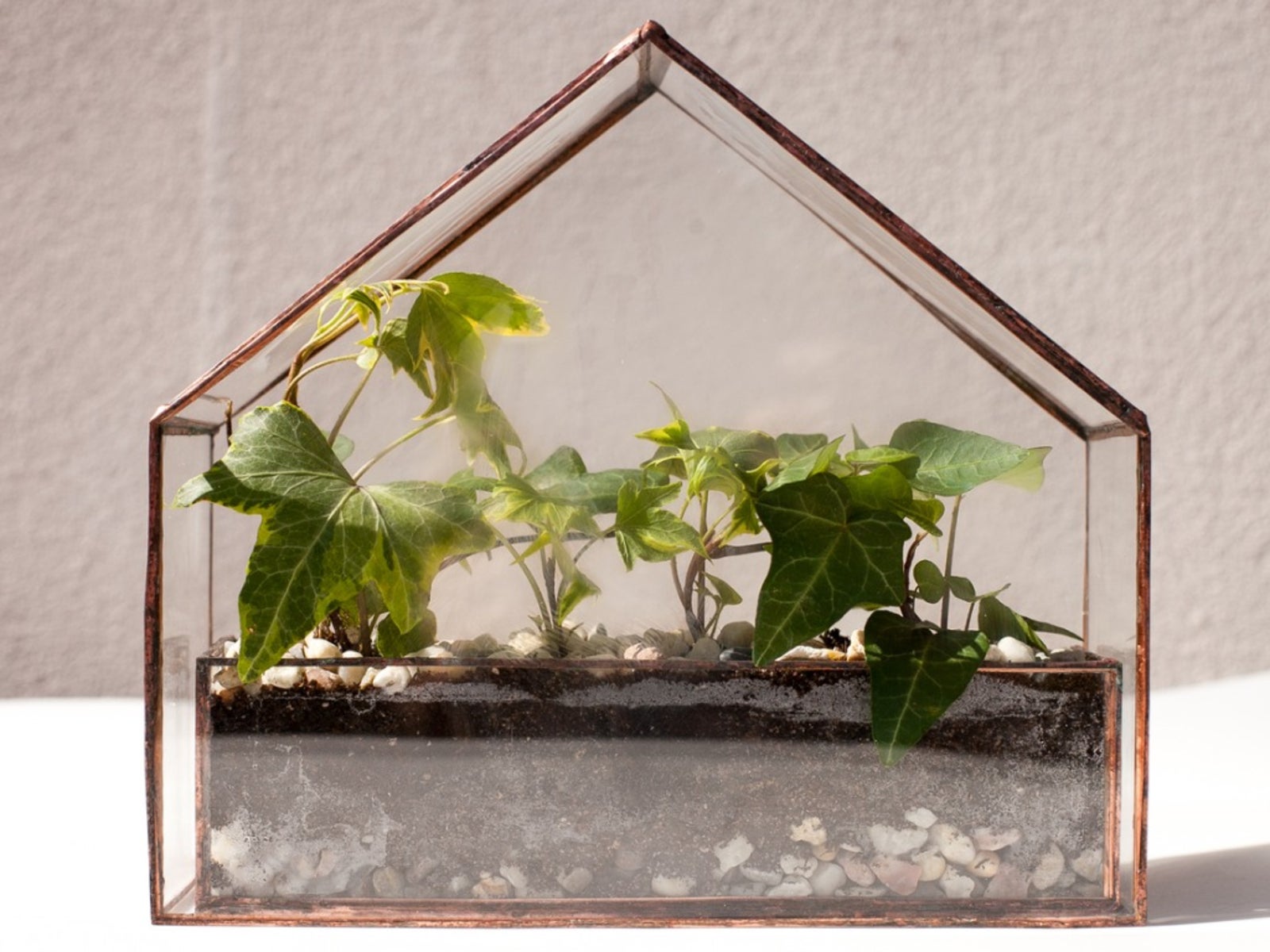

Since water circulation, respiration, and photosynthesis take care of themselves in an enclosed space, terrariums are very easy to care for. The plants suited to them require very little nutrients. In addition, using terrariums and wardian cases have become popular in many homes, but for those with little knowledge on the topic, houseplant terrariums may seem intimidating. The question some indoor gardeners have is not so much what is a terrarium, but what plants will grow well in a terrarium. Once you have a little know how on plants for terrariums, you'll soon be on your way to growing these old-age houseplant gardens with ease.
What is a Terrarium?
So what is a terrarium? Houseplant terrariums are sealed plant display units that are more modest than plant windows, but equally as beautiful when taken care of properly. They are available in various sizes from small glass cases to larger stands with their own heating and lighting. These terrariums work on the principle of the "Wardian case:"
When exotic plants became desirable, they would be transported from their exotic lands to Europe. However, because of climatic changes, only a precious few plants would survive their trip. These few surviving plants would be extremely hot commodities and priced accordingly.
In the first third of the nineteenth century, Dr. Nathaniel Ward discovered by accident what would be the ideal "packaging" for these plants. He cared very little about plants and a whole lot more about butterflies, his hobby. He usually set his caterpillars to pupate on a layer of soil in closed glass containers. One of these containers lay in a corner, forgotten for months.
When this container came to light once more, Dr. Ward discovered that a small fern was growing inside. He discovered that the moisture from the soil had evaporated, condensed on the inside of the glass, and then when cooled, trickled down once more into the soil. As a result, the fern had enough moisture to develop during the time the container had been shoved aside and ignored.
Using this principal, houseplant terrariums were born. Not only were containers for the transport of precious plants made in artful designs, but "Wardian cases" were also made as big as tallboys and placed in the salons of European high society. They were usually planted with ferns so they were often called "ferneries."
Plants for Terrariums
So other than ferns, what plants grow well in a terrarium? Nearly any houseplant will thrive in a terrarium environment, provided that it is hardy and small. In addition, slow-growing types are preferable. To add more interest to houseplant terrariums, choose a variety of plants (about three or four) of different heights, texture, and color. Here is a list of popular plants for terrariums:
Gardening tips, videos, info and more delivered right to your inbox!
Sign up for the Gardening Know How newsletter today and receive a free copy of our e-book "How to Grow Delicious Tomatoes".
Carnivorous plants are popular too. Try adding butterwort, Venus flytrap, and pitcher plant to your terrarium. In addition, there are a number of herbs that will do well in this type of environment. These may include:
Caring for Houseplant Terrariums
Add a layer of gravel in the bottom of the terrarium with your planting medium over top of this. When planting your chosen plants for terrariums, place the tallest in the back (or middle if viewed from all sides). Fill in around this with smaller sizes and water well, but do not drench. Do not water again until the soil surface becomes dry and just enough to moisten it. You can, however, mist plants as needed. Keep the terrarium clean by wiping down both the inside and outside surface with a damp cloth or paper towel. Plants should be pruned as needed to maintain compact growth. Remove any dead growth as you see it.

Heather Rhoades founded Gardening Know How in 2007. She holds degrees from Cleveland State University and Northern Kentucky University. She is an avid gardener with a passion for community, and is a recipient of the Master Gardeners of Ohio Lifetime Achievement Award.
-
 Types Of Tomatoes Explained: Explore The Many Wonderful Shapes, Colors, Flavors, & Best Uses
Types Of Tomatoes Explained: Explore The Many Wonderful Shapes, Colors, Flavors, & Best UsesThe world of tomato varieties is vast and fascinating. Learn about the key types to grow in your garden, tailored to your preferences and space.
By Amy Grant
-
 Try The Trend – Turn Any Bed Into A Keyhole Garden With This Clever In-Ground Composter
Try The Trend – Turn Any Bed Into A Keyhole Garden With This Clever In-Ground ComposterKeyhole gardening is an efficient and sustainable practice that saves space. Get started on this DIY project quickly and easily with an in-ground composter.
By Bonnie L. Grant
-
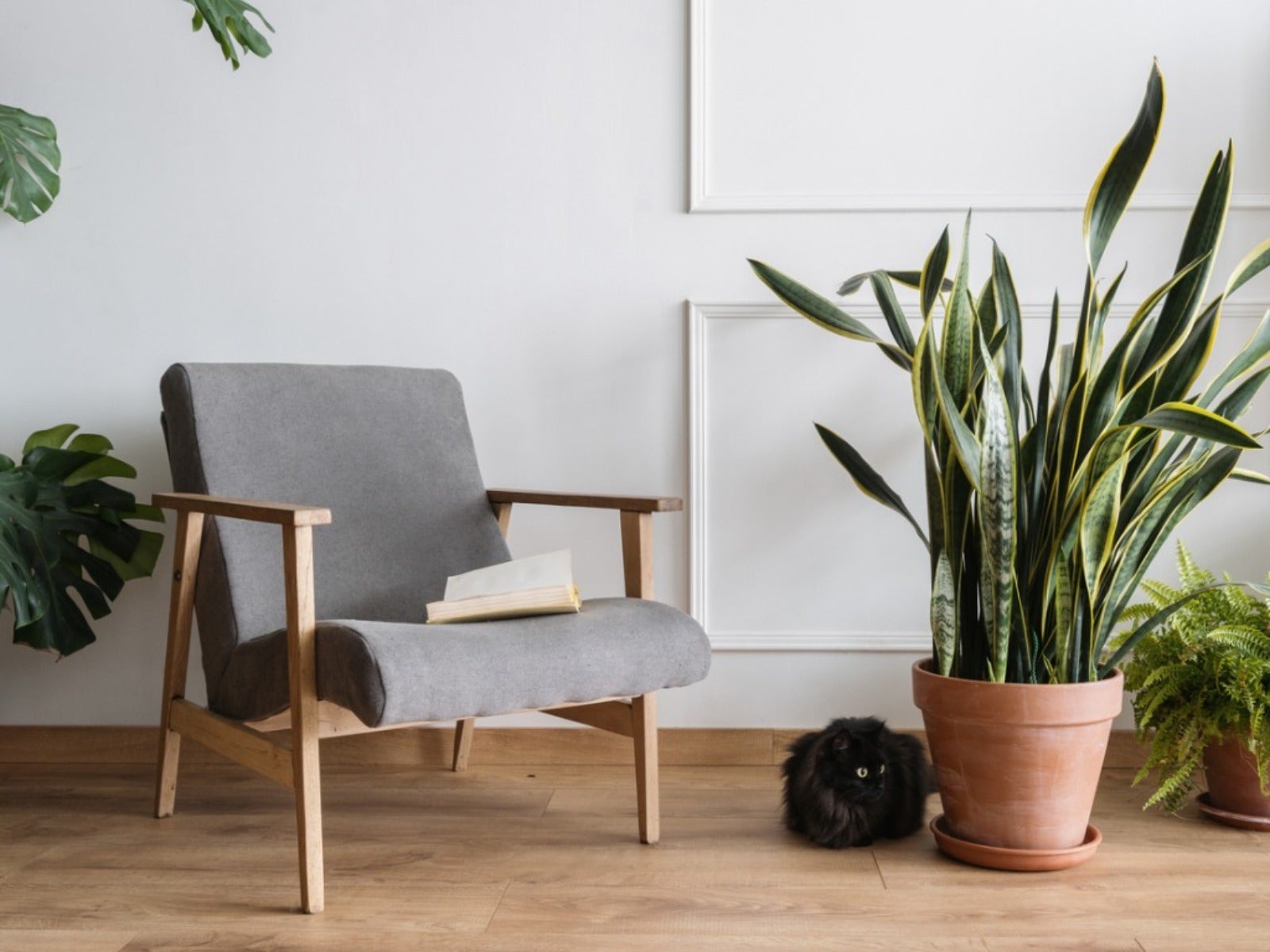 8 Easy Care Houseplants That Live A Long Time
8 Easy Care Houseplants That Live A Long TimeClick here to learn about our 8 favorite low maintenance houseplants that can, with proper care, live a long time.
By Amy Grant
-
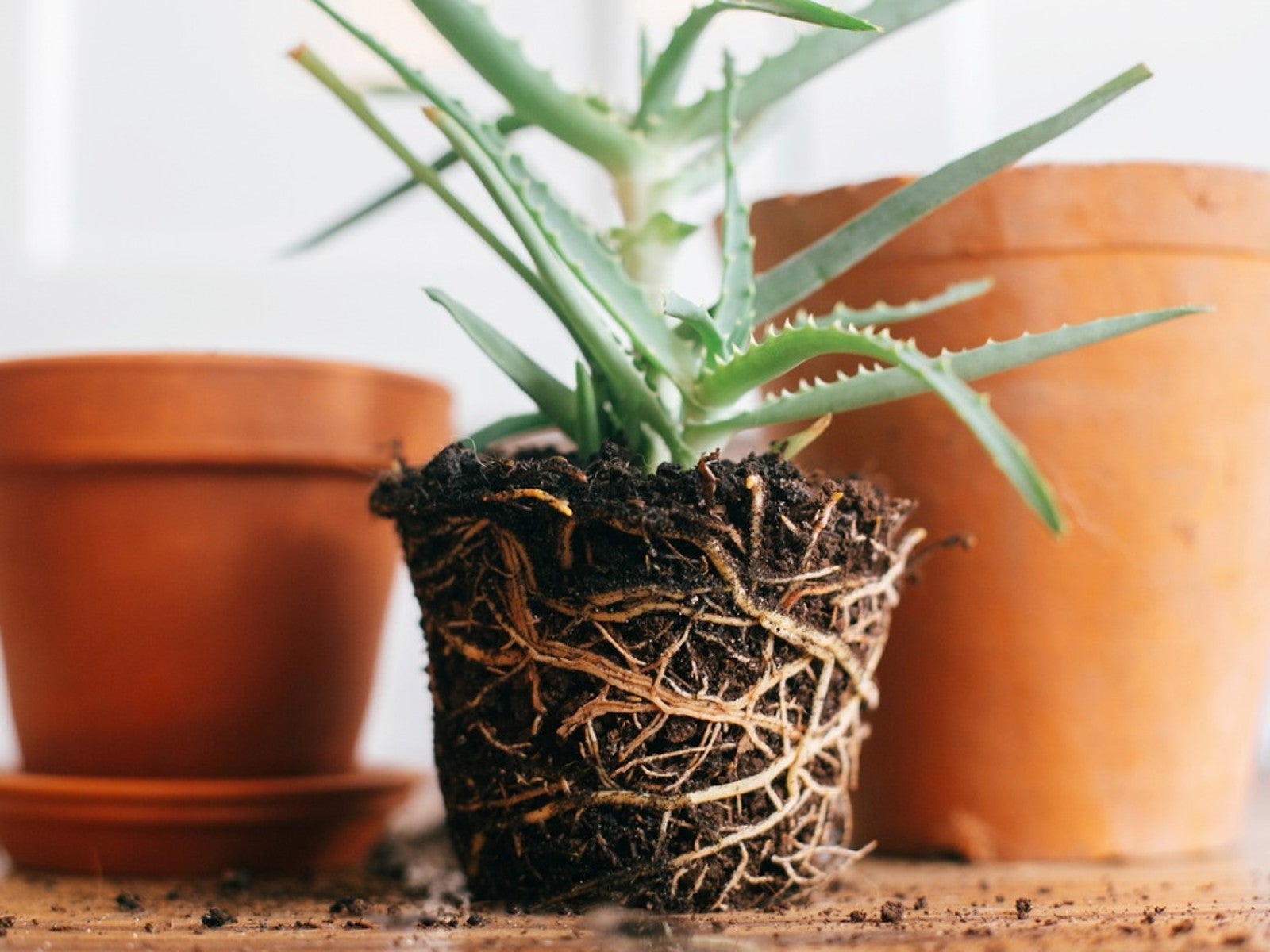 How Often Should You Repot Plants?
How Often Should You Repot Plants?Escaping roots and shrinking leaves may mean your plant wants a new pot, but some like staying cramped and cozy.
By Mary Ellen Ellis
-
 Orange Flowering Houseplant Varieties With Tropical Flair
Orange Flowering Houseplant Varieties With Tropical FlairClick here to learn about some cheerful orange-blooming houseplants you can try growing.
By Mary Ellen Ellis
-
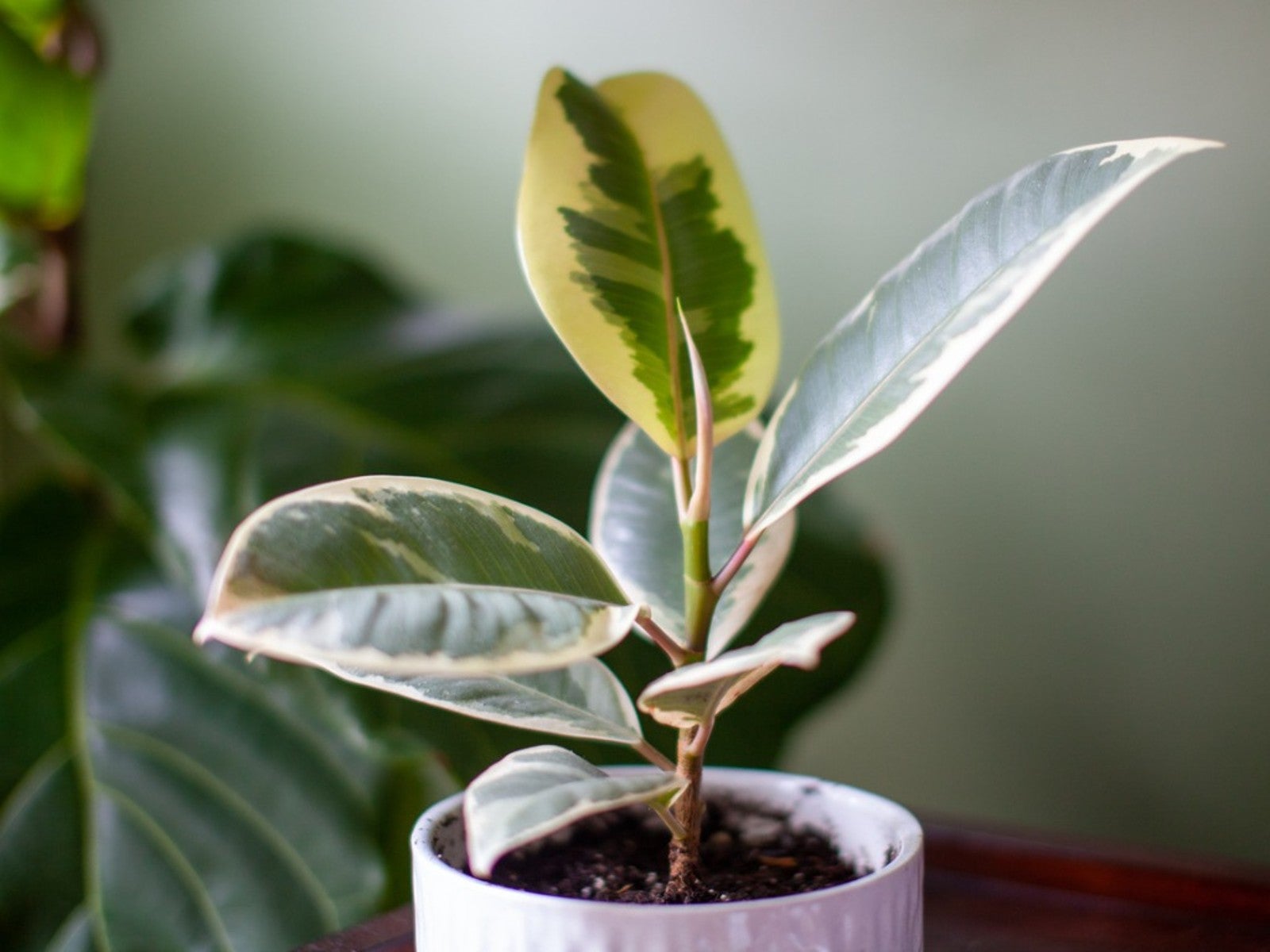 Variegated Houseplants With Lovely Leaves
Variegated Houseplants With Lovely LeavesWhat are some of the best variegated houseplants to add to your collection? Click here to find out.
By Amy Grant
-
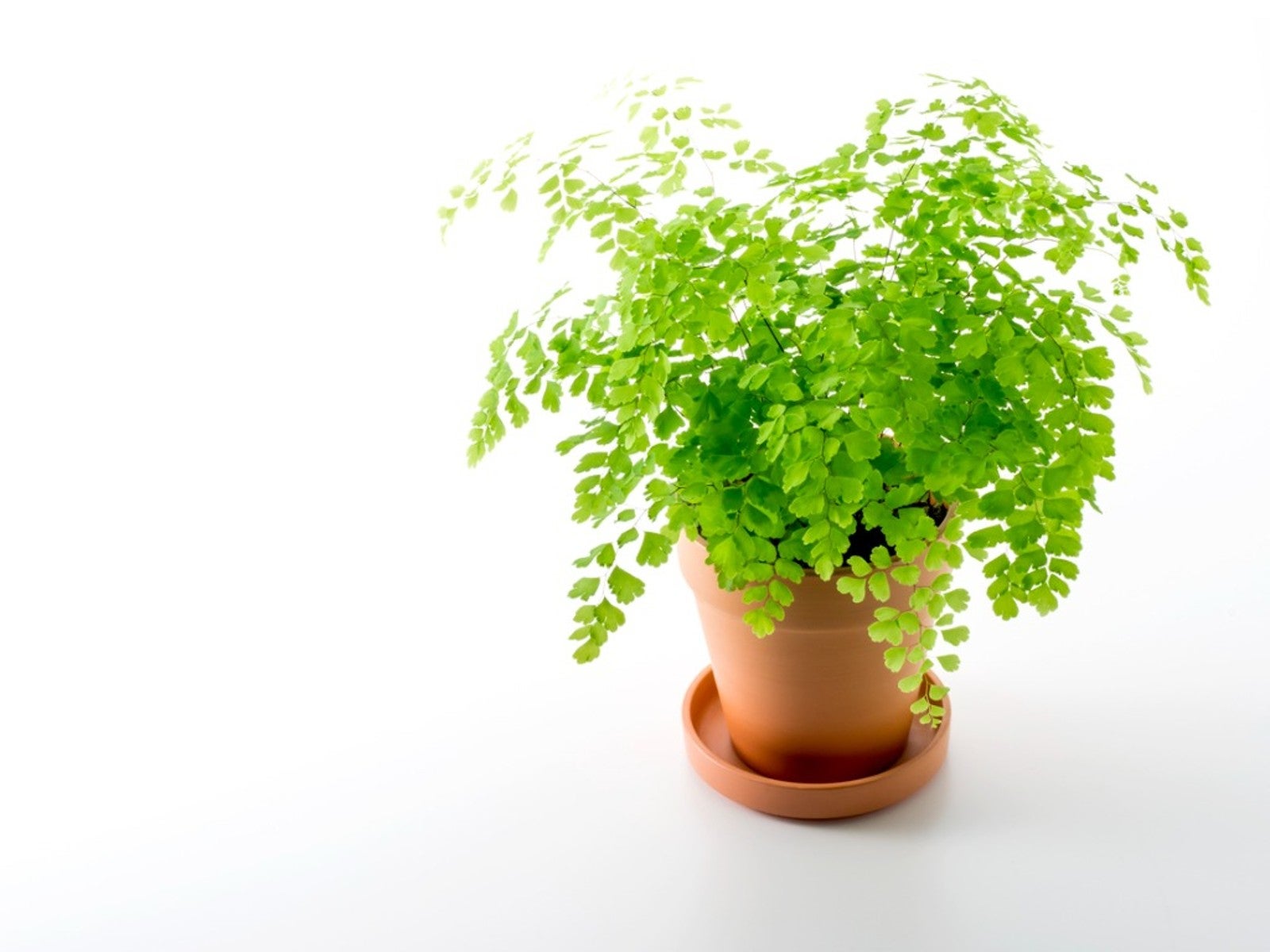 Lovely, Lacy Indoor Foliage Plants
Lovely, Lacy Indoor Foliage PlantsClick here to learn about some houseplants with lacy foliage to add to your collection.
By Mary Ellen Ellis
-
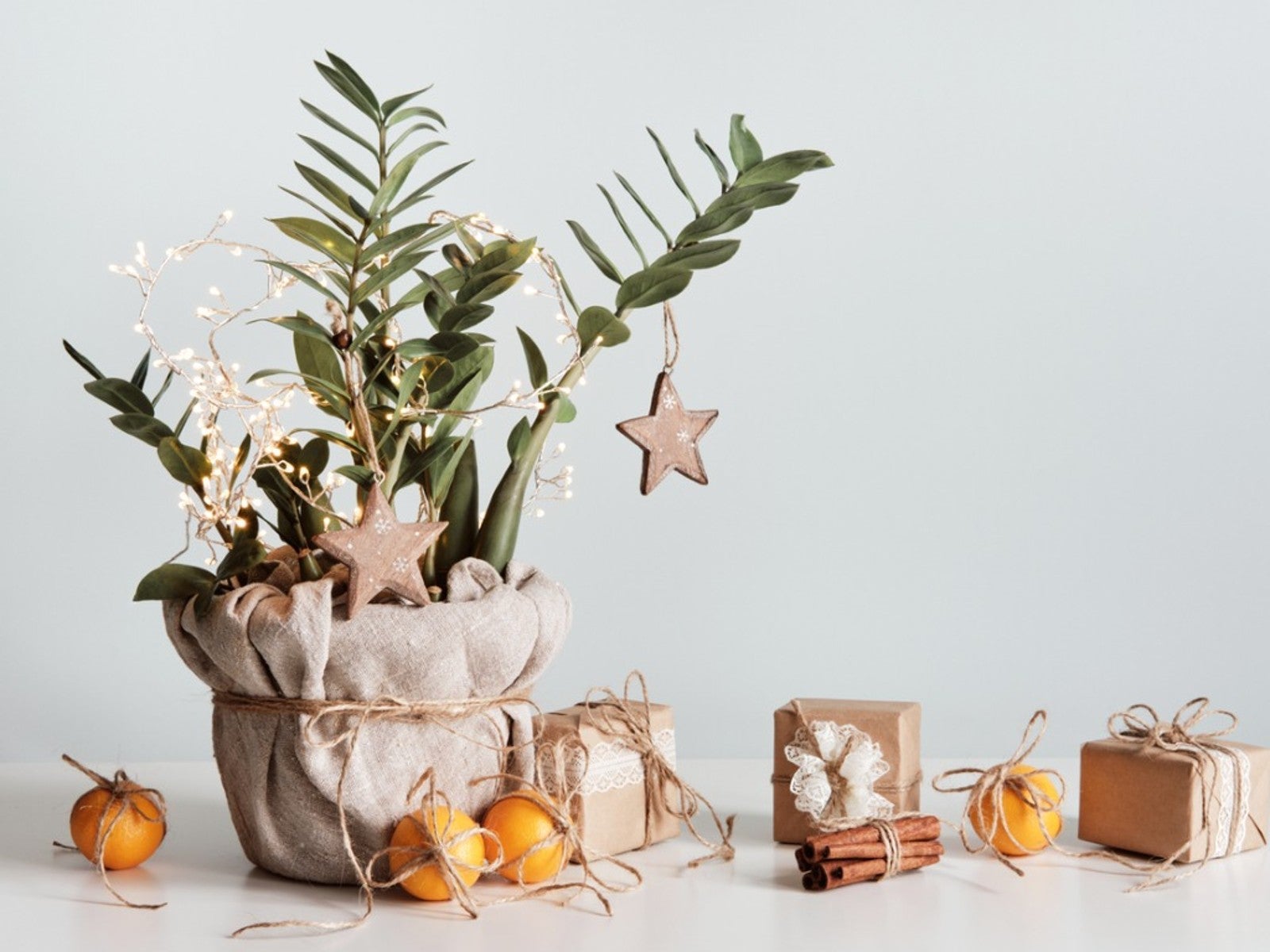 Best Christmas Houseplants And Plants For Winter Holidays
Best Christmas Houseplants And Plants For Winter HolidaysClick here for an idea of the best houseplants to use for holiday décor for Christmas, Hanukkah, Kwanzaa, and New Year’s.
By Laura Miller
-
 Best Big Houseplants To Create An Indoor Oasis
Best Big Houseplants To Create An Indoor OasisIf you have the space you may want to grow some large houseplants. Here are some ideas.
By Mary Ellen Ellis
-
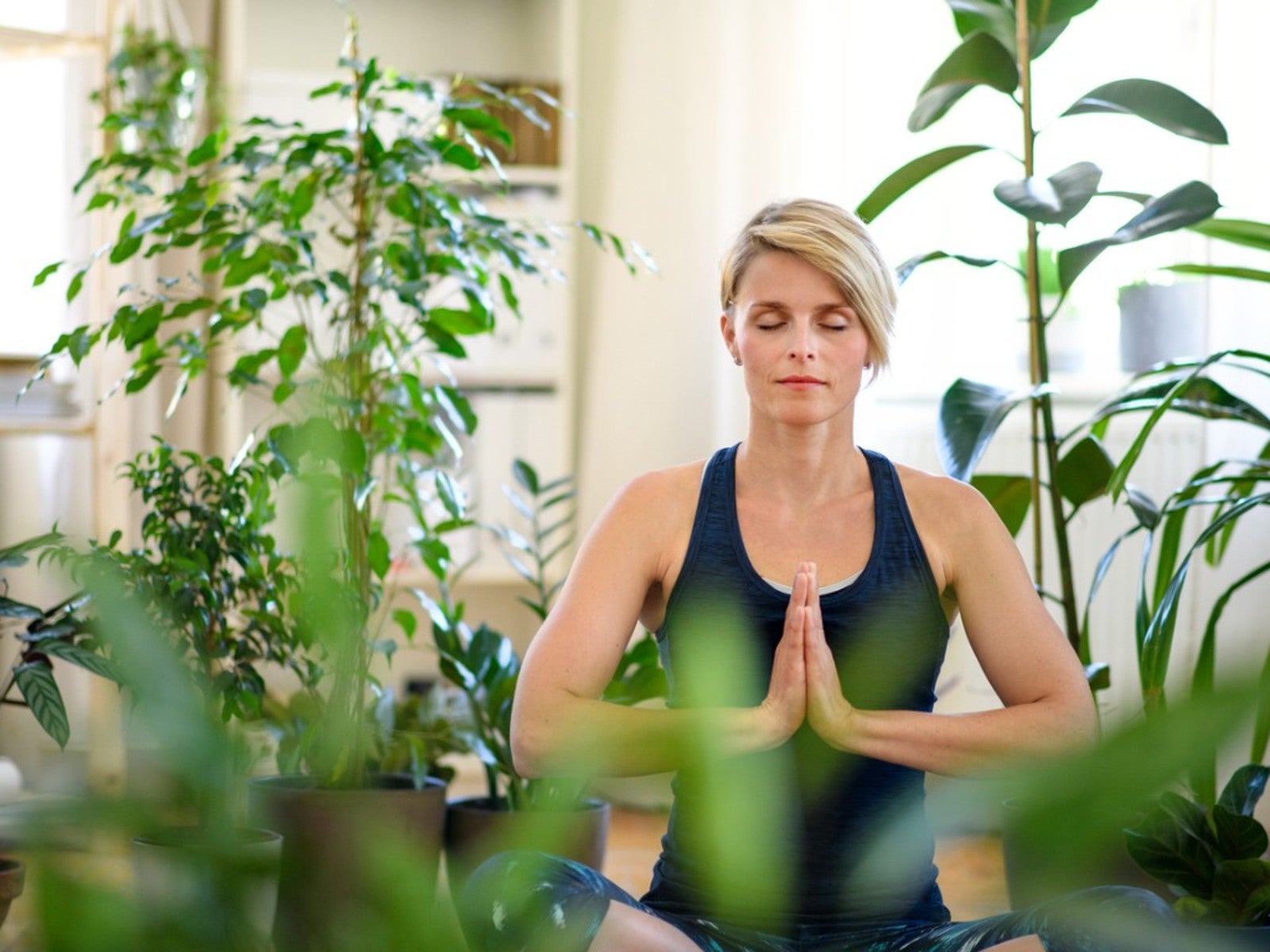 Relaxing Plants To Grow Indoors For A Calmer Mind
Relaxing Plants To Grow Indoors For A Calmer MindAre there houseplants that can help you to relax? Click here to find out.
By Laura Miller